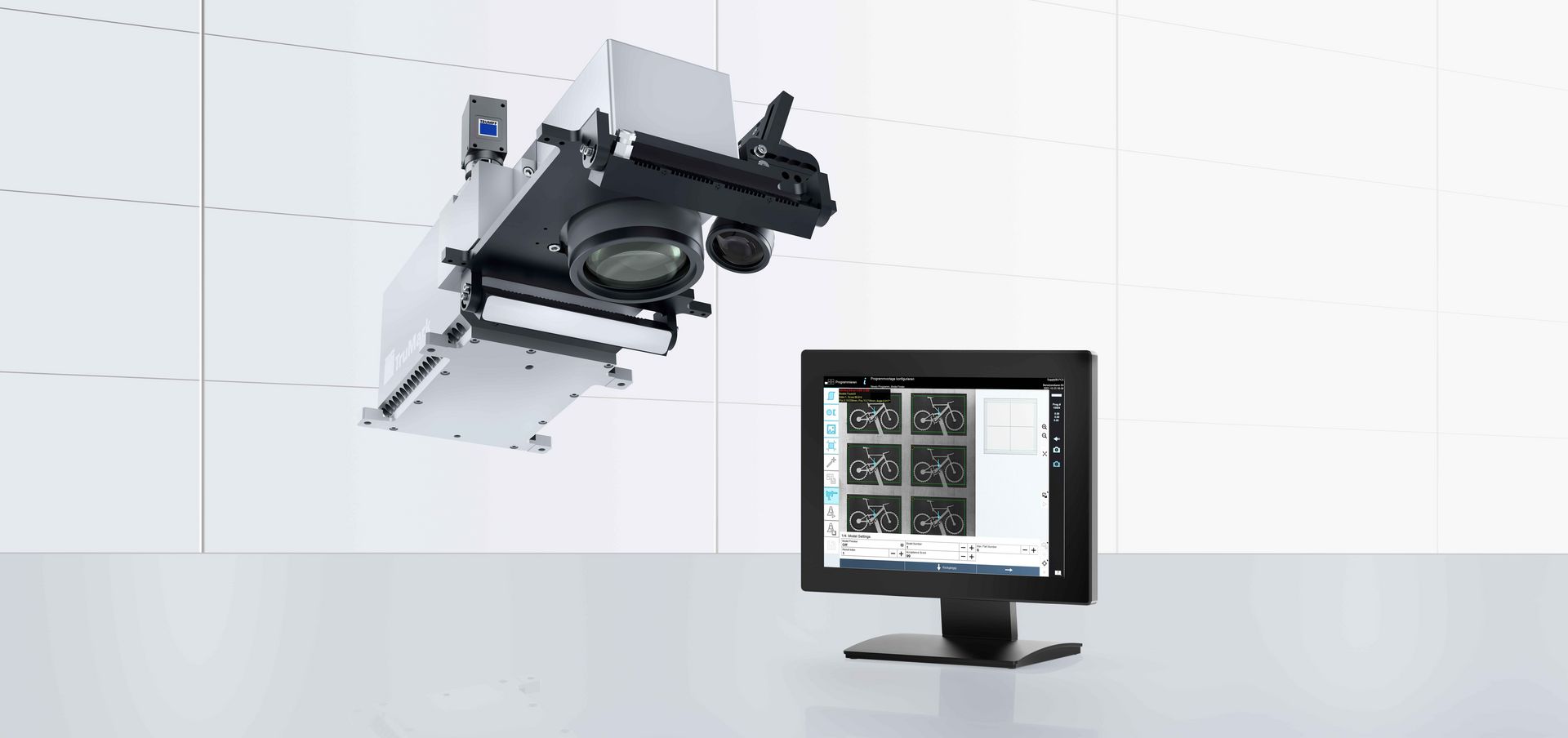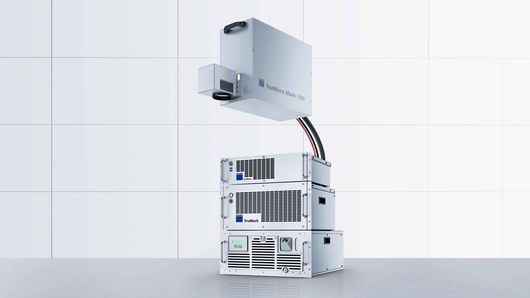
Unique Device Identification (UDI) made easy
With the complete turnkey package from TRUMPF you can mark medical devices permanently and reliably using lasers and software from a single source. Medical technology products and devices now need to bear a unique device identification code, or UDI, that is legible across the entire supply chain. The most important requirement is for markings to be permanently legible, something that is frequently achievable only with laser marking.
All from one source: with marking lasers and software solutions from TRUMPF for correct UDI marking
TRUMPF has a broad range of marking lasers as well as customizable software solutions. Customers can use them to create UDIs from their own databases and apply the markings to medical devices. Quality control and documentation functions are also available on request. TRUMPF customers get high-quality markings from this complete package while also benefiting from TRUMPF solutions for UDI-compliant marking and process reliability.
Click each number to view the UDI laser marking process chain!
Ensure operational readiness for UDI compliance in 2020 and beyond with passivation resistant laser marking solutions.
With a database connection, send sequenced UDI device identification (DI) and production identifiers (PIs) to the TruTops Mark software to automatically populate a recognized UDI barcode readable throughout the device’s intended lifetime.
With our VisionLine Mark image processing, you can easily recognize, capture and verify UDI content.
Verify the laser marked content and apply a customized grading for quality assurance to reduce time to clearance.
TRUMPF is a recognized GS1 Solution Partner. GS1 is one of four authorities which develops and awards UDI codes as per accredited standards in order to guarantee the traceability of medical products.

1. Access to database
The software is linked to databases. Reading information into the system via external hand scanners is also possible.
2. Production data input
Data is available from the database or read out using a hand-held scanner.
3. Create UDI code
The UDI module creates a UDI-compliant code with relevant data and individual production extensions.
4. Component and position recognition
The image processing programs VisionLine Detect or VisionLine Model detect the component and its exact location and position. The software forwards the information to the controller which makes the marking in the precise position.
Find out more5. Marking laser
The TRUMPF laser marks the workpiece with a durable, corrosion-resistant and high-contrast marking that remains machine-readable and visible to the human eye even after numerous cleaning cycles.
6. Optional code content capture
Subsequent quality control is also very easy with TRUMPF process sensors. With the TRUMPF image processing solution, VisionLine, UDI-compliant codes can be recognized, read out and evaluated for quality using various methods.
Find out more7. Optional marking data check
Using the image processing programs VisionLine OCT (for character recognition) or VisionLine Code (for 1D/2D codes), marked data can be compared against the database and stored for documentation purposes with additional information if desired. This includes information on UDI code content and quality, or on the machines involved in the process. This ensures proper documentation of the component and marking even after many years.
Find out more



![[Translate to en_INT:]](/filestorage/TRUMPF_Master/_processed_/6/d/csm_Industry-MedTech-keyvisual_e61b5c909b.jpg)